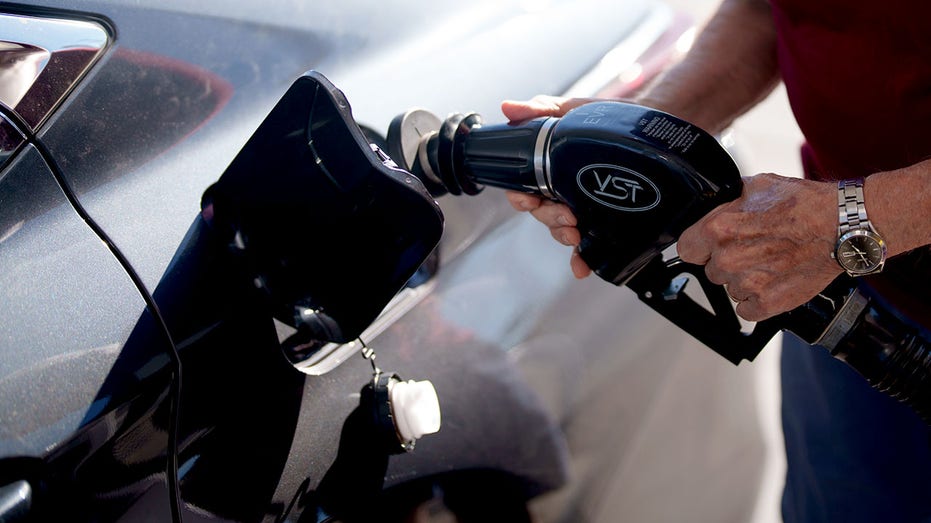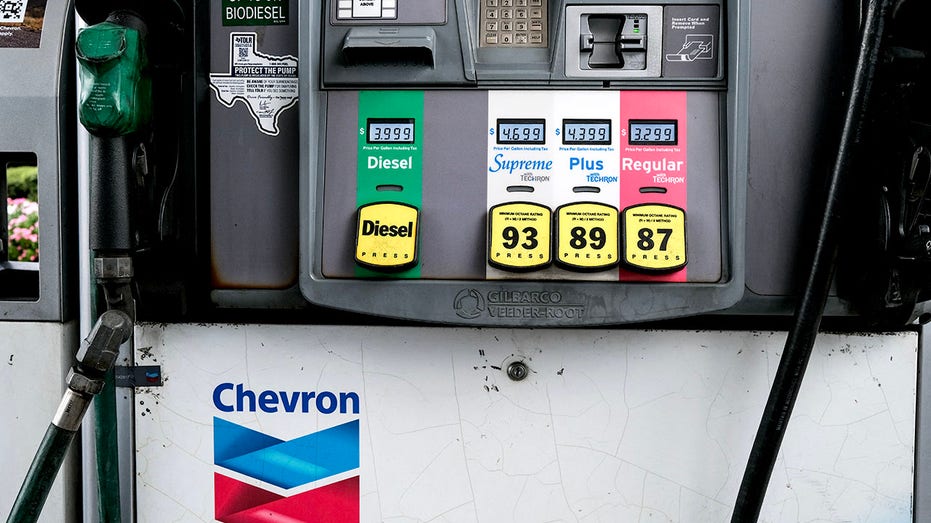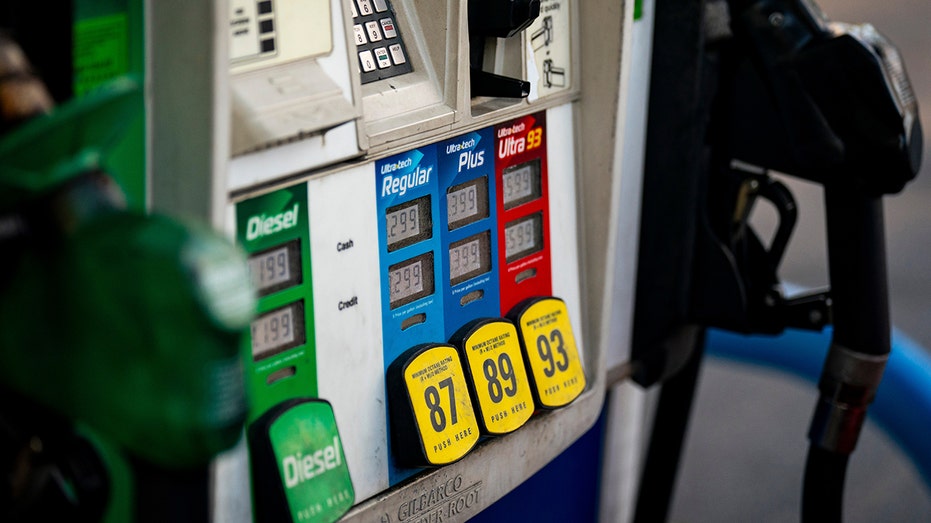

U.S. drivers are expected to spend the smallest share of their disposable income on gasoline this year than in the past two decades, according to new data from the Energy Information Administration (EIA).
The EIA projected that less than 2% of people's personal disposable income will be spent on gasoline in 2025, down from an average 2.4% over the previous decade and the lowest share since 2005, excluding 2020. To get to this percentage, the EIA said it has been comparing gasoline prices, which have declined every year since 2022, with disposable personal income, which it says has increased by a compound annual growth rate of 4% from 2022 through 2024.
The EIA forecasts significant decreases in oil and gasoline prices this year, consistent with its previous forecasts, in its September Short-Term Energy Outlook (STEO).

A driver refuels their vehicle in Los Angeles, California. (Eric Thayer/Bloomberg via Getty Images / Getty Images)
"The good news for consumers is that we are generally seeing lower prices at the pump, and we expect gasoline prices to keep trending lower through next year," EIA acting Administrator Steve Nalley said in a statement.
The EIA projected that the average retail price for regular-grade gasoline is expected to sit at about $3.10 per gallon this year and $2.90 per gallon in 2026. Both estimates are down from the $3.30 per gallon average in 2024.
The average price for a gallon of regular gasoline on Thursday is $3.19, according to AAA.

Gasoline prices are seen at a Chevron gas station in Houston, Texas, on August 12, 2025. (RONALDO SCHEMIDT/AFP via Getty Images / Getty Images)
A contributing factor is that oil prices, which account for more than half of what consumers pay at the pump, are expected to be down in the near term, according to EIA's STEO forecast, which shows Brent crude oil prices falling from $68 per barrel in August to an average of $59 per barrel in the fourth quarter of 2025. Those prices are expected to drop even further to around $50 per barrel in early 2026, according to EIA projections.

A gas pump at a Sunoco gas station in Washington, D.C. (Al Drago/Bloomberg via Getty Images / Getty Images)
The drop in oil prices is driven by the uptick in supply expected this year by OPEC+ members. They are slated to increase output further all while supply from the outside grows as well, the International Energy Agency said on Thursday. As a result, supply could rise by 2.7 million barrels per day (bpd) in 2025, up from 2.5 million bpd previously forecast. It could also rise a further 2.1 million bpd next year, according to the IEA.
Reuters contributed to this report.
